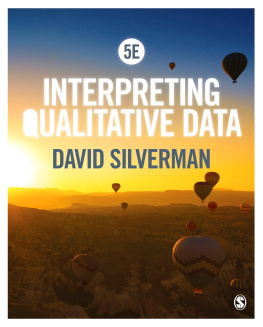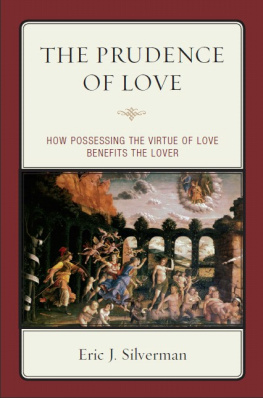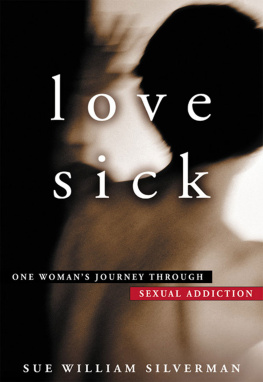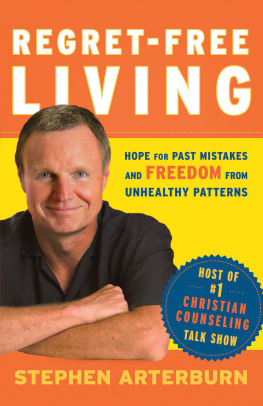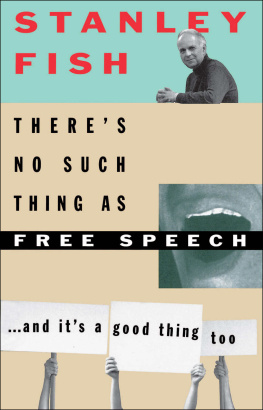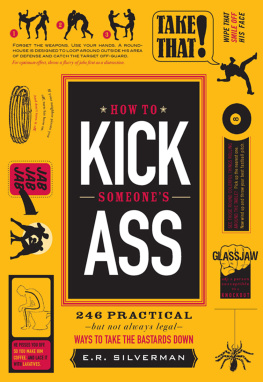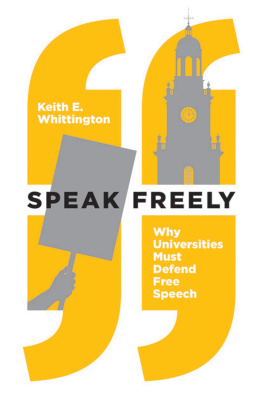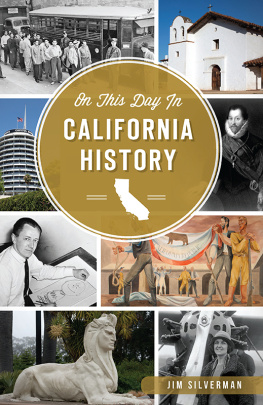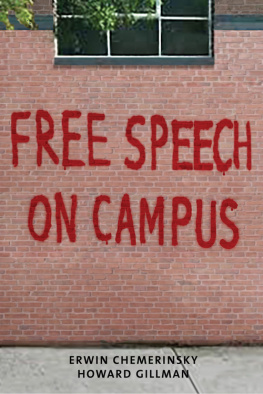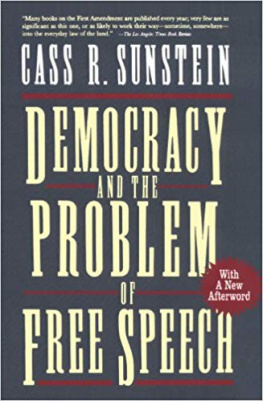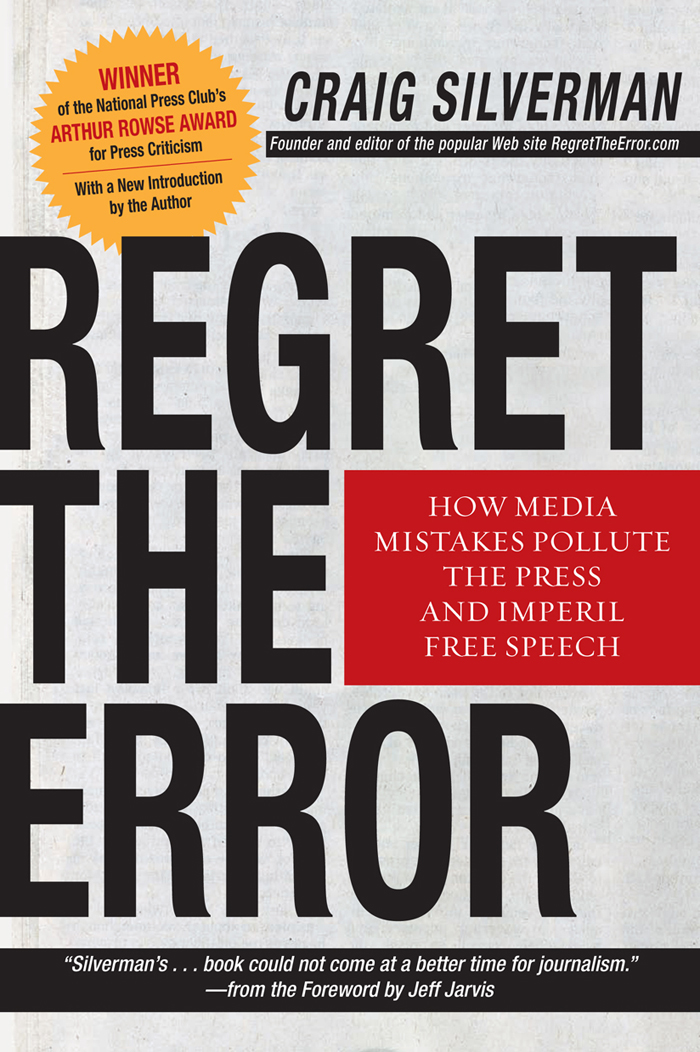[A] winding journey through the most glaring, damaging and humorous typos, misprints, misidentifications, fuzzy numbers and obiticides in the history of journalism, from the accidental to the malicious.
Publishers Weekly
Craig Silverman... turns what could have been a sudsy little stocking stuffer into a serious study of why journalists fail so often.
American Journalism Review
Regret the Error is not an indictment of the media, or an apologia, but a reminder that in this age of instantaneous news, citizen publishing and online scoops getting it right still counts for something.
J. D. Lascia, author of Darknet: Hollywoods War Against the Digital Generation and Senior Fellow, Society for New Communications Research
The book is in effect a paean to fact checking and sound journalism, and it deserves to join [Evelyn Waughs] seminal work [Scoop] atop every journalism school syllabusand on the desk of every reporter and editor.
The Walrus
Silverman takes the media to task,... call[ing] for greater efforts to reduce errors and to correct them.
The Oregonian
Mixing humorous corrections taken from large and small newspapers alike, Silverman gives historical context to the current problems (he laments the demise of newspaper proofreaders) and then proposes solutions for busy newsrooms (such as random post publication fact checking).... [The book] is academic but never dry, as Silverman smartly breaks up what could be monotonous journo-speak with more than 300 amusing media corrections.
Variety
Regret the Error

Regret the Error
How Media Mistakes Pollute the Press
and Imperil Free Speech

Craig Silverman

New York / London
www.sterlingpublishing.com
STERLING and the distinctive Sterling logo are registered trademarks of Sterling Publishing Co., Inc.
Library of Congress Cataloging-in-Publication Data Available
10 9 8 7 6 5 4 3 2 1
Published by Sterling Publishing Co., Inc.
387 Park Avenue South, New York, NY 10016
2007 by Craig Silverman
Introduction to the Paperback Edition 2009 by Craig Silverman
Foreword 2007 by Jeff Jarvis
Distributed in the United Kingdom by GMC Distribution Services
Castle Place, 166 High Street, Lewes, East Sussex, England BN7 1XU
Distributed in Australia by Capricorn Link (Australia) Pty. Ltd.
P.O. Box 704, Windsor, NSW 2756, Australia
Book design and layout: Oxygen Design/Sherry Williams, Tilman Reitzle
Manufactured in the United States of America All rights reserved
Sterling ISBN 978-1-4027-5153-0 (hardcover)
Sterling ISBN 978-1-4027-6564-3 (paperback)
For information about custom editions, special sales, premium and corporate purchases, please contact Sterling Special Sales Department at 800-805-5489 or specialsales@sterlingpublishing.com.
Contents
Birth of the Newspaper:
The Seventeenth-Century Press
The Nineteenth Century:
From Excess and Error to Responsibility
Hearst, Pulitzer, and Sulzberger:
A Battle for the Soul of Journalism
The Birth (and Slow Death)
of Magazine Fact Checking |
Watching the Detectives:
The Rise of External Fact Checking |
Introduction to the Paperback Edition
I FIRST LEARNED of an error in this book even before its publication in November 2007.
Robert Basler, a senior editor at Reuters, e-mailed me in October to point out an error he had found in the advance copy I had sent him. Dont shoot the messenger, he wrote, but on Page 115, the last entry in the Common Errors chapter, you mention the South China Morning News. You may be right, but as somebody who lived in Hong Kong for eight years, Ive only heard of the South China Morning Post.
Basler, who went on to use Regret the Error as a textbook in a journalism class he taught at George Washington University, had responded to my request for readers to contact me if they spotted an error in the book. He was, of course, correct: the papers name is the South China Morning Post. So, shortly after receiving his e-mail, I posted a correction to the books Web site. It was the first of what would, as of this writing, total twelve corrections.
Baslers correction was followed roughly twenty-four hours later by one from Slates media critic, Jack Shafer. He correctly noted that Apple Inc. was still called Apple Computer Inc. in 2006 when the company was embroiled in a lawsuit brought by Apple Corps, a company owned by the Beatles. (I had also incorrectly called the bands company Apple Music.)
Soon, Aldous Russell, a man who frequently spots typos on RegretTheError.com, reported a misspelling of Fresno in the book. He was joined by retired proofreaders, a university professor, and other kind folks who demonstrated their skills as volunteer copy editors. Bless them all.
Though I regret each of the errors that led to these corrections, Im grateful that eagle-eyed readers took up the challenge and helped me fix mistakes contained in the first edition of this book. I hope that all of the errors have been discovered and corrected, and I encourage you to continue to spot errors in this edition. As was the case with the hardcover, you can report an error and read and subscribe to all of the books corrections at http://book.regrettheerror.com. I look forward to hearing from you.
The e-mails and letters detailing my mistakes were just one portion of the feedback I got for this book. I was also granted the Arthur Rowse Award for Press Criticism for Regret the Error, which I was honored to receive from the National Press Club. When I traveled to Washington, D.C. to accept the award in July 2008, I made one important stop before the ceremony: the Newseum, D.C.s museum devoted to the news business.
Though the recently re-opened museum boasted a brand-new $450 million facility, I must confess that the first thing I did was head to a bathroom, camera in hand. Once inside, I was greeted by this text:
To Err Is Human, To Correct Divine
Just as some dive bars fill their mens rooms with strange newspaper stories or photos of scantily-clad women to occupy the eyes of patrons, the Newseum has covered the walls of its restrooms with notable corrections and errors to offer up some amusing accuracy-related content. (If it werent for the fact that the Newseum contains other interesting displays about accuracy and bias, I might have taken offense to the placement of the topic.)
Even the best newspapers make mistakes, reads a small plaque placed inside the restroom. The flubs on these walls... include headlines that dont mean what they say and corrections that admit truly embarrassing errors.
Among the unfortunate headlines displayed in the restroom was Crowds Rushing To See Pope Trample 6 To Death. A murderous pontiff would no doubt attract a crowd, but obviously that wasnt the real story. One of the best errors showcased was a weather map of the United States, replete with different markings and shading to depict meteorological trends. Below it was this caption: Shaded parts of map locate areas occupied by Israel since 1967. This must have been shocking news to residents of Wisconsin, Iowa, and Illinois, all of whom resided in the aforementioned shaded regions.


